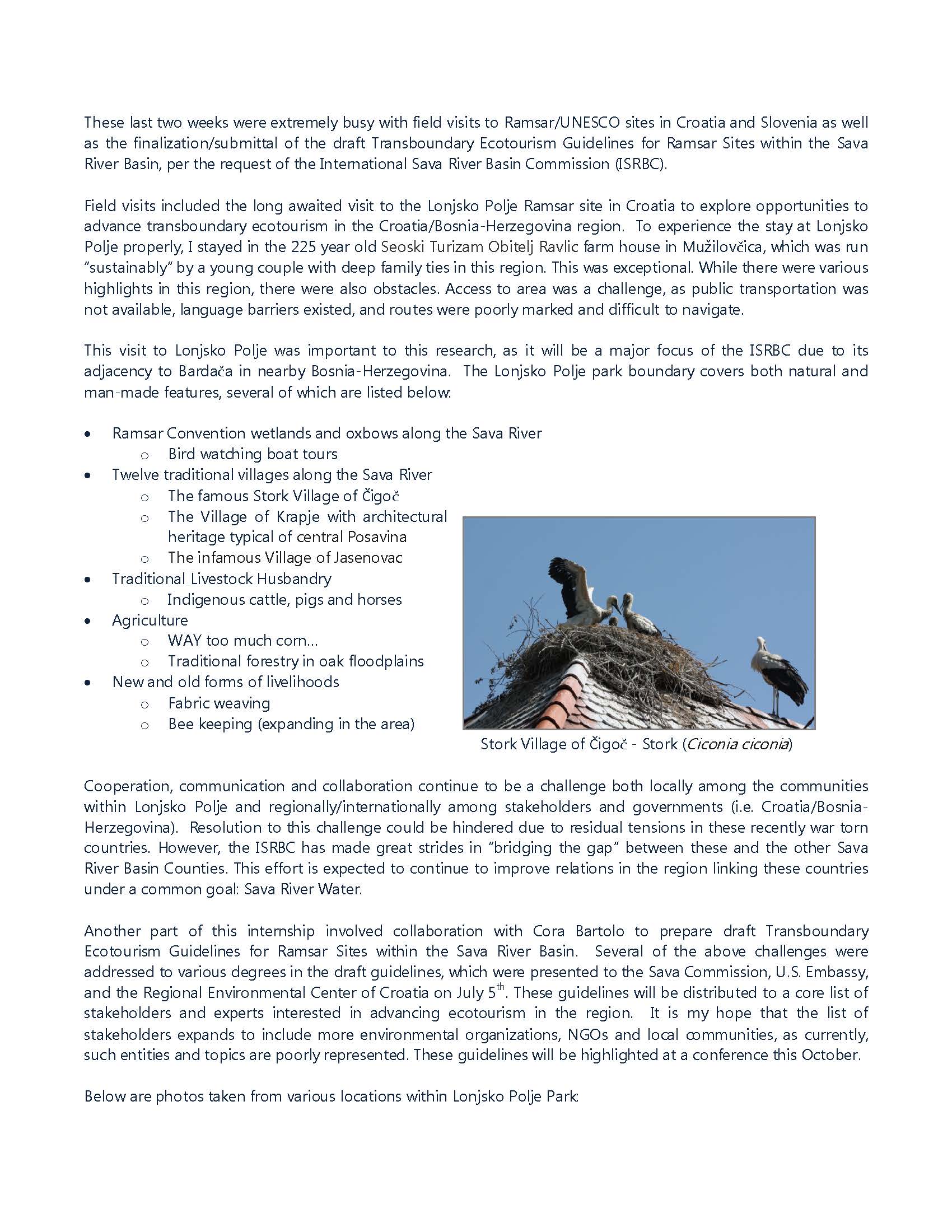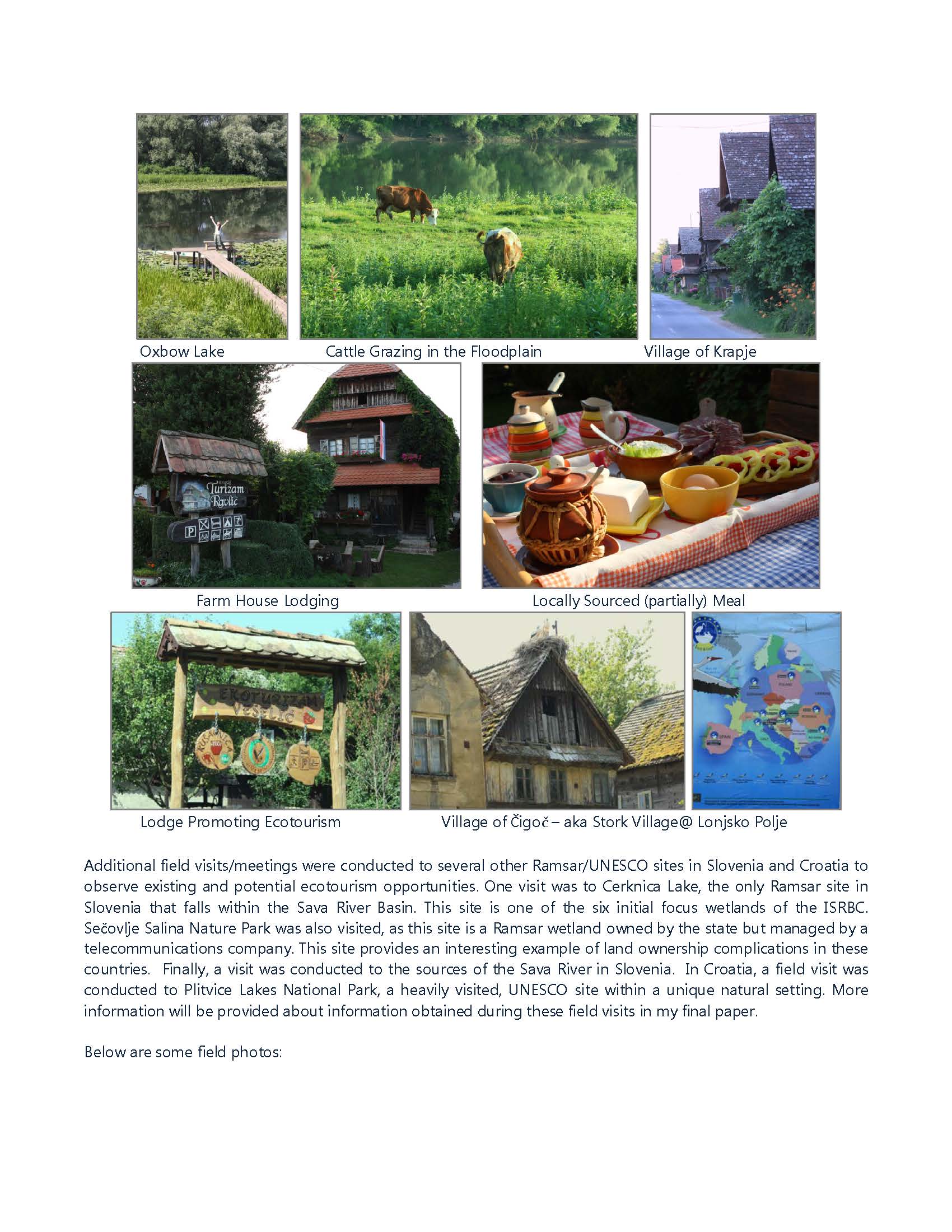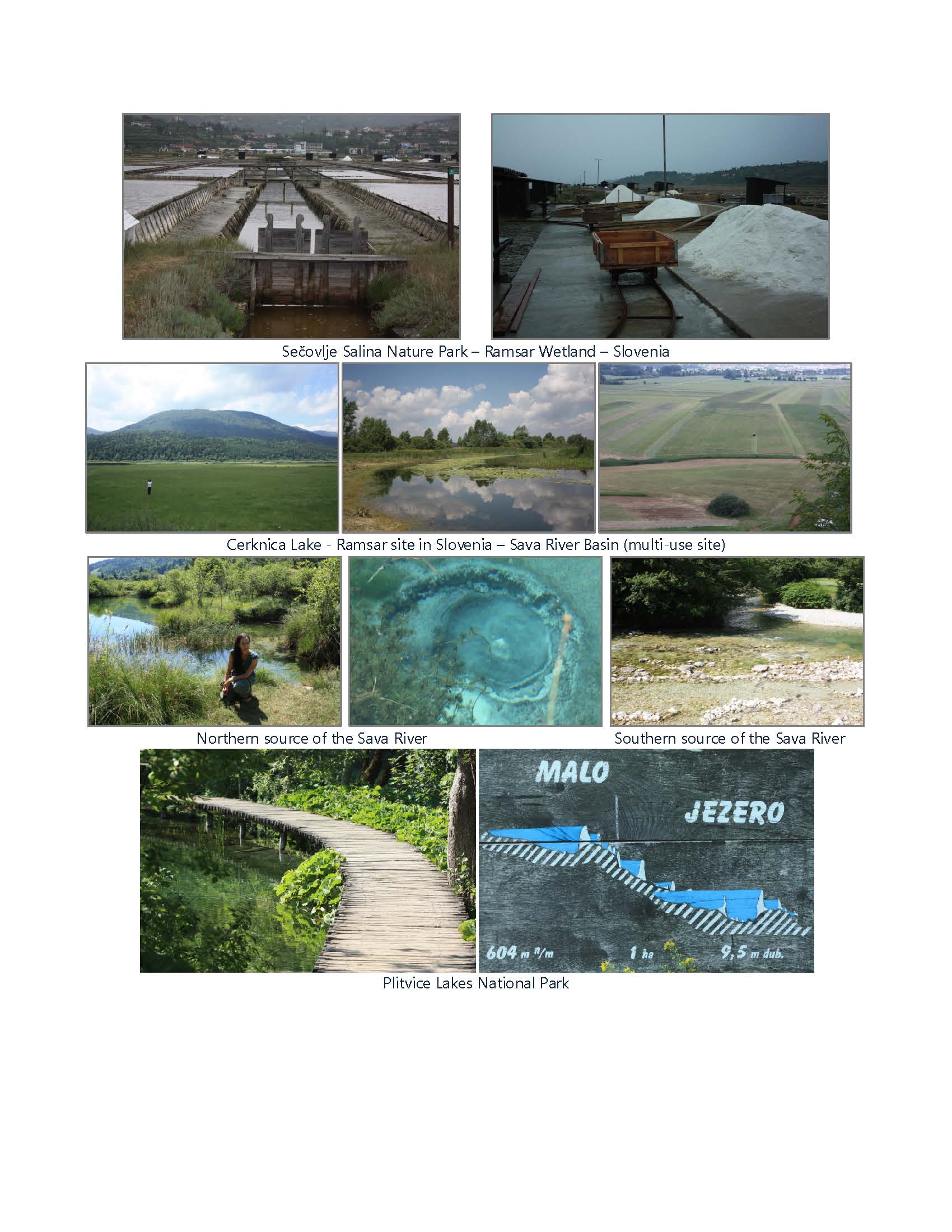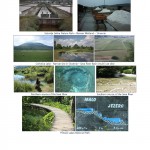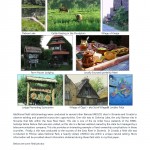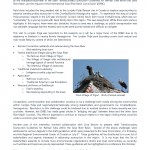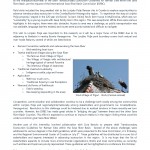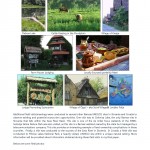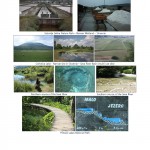|
|
KAYLA SINOTTE
 Salt River Bay National Historic Park
First Permaculture Client
The other day we were able to experience our first real life permaculture design project. The Salt River Bay National Historic Park, also commonly known as Columbus Landing, was created in 1992 by Congress to preserve, protect, and tell the story of its rich contributions to the nation’s natural and cultural heritage.
 Historical National Park The National Historic park in St. Croix has asked us to help design their 5 acre property from an ancient household to an integrated Taino agriculture. The idea is to display different types of agriculture from the native people while incorporating permaculture concepts. With this idea in mind, they are also stressing the importance of doing this design in a sustainable way that will not have an adverse effect on the natural ecosystem. Part of our class was to visit the national park and speak with the directors, and walk the property to complete a site analysis.
 Site Analysis This is an amazing challenge i am happy to be presented with. While learning permaculture principles and concepts on the farm, we are now able to experience a client type relationship. Since the building and property is located on Salt River Bay, they are exposed to the intense winds and salt water air. We must analyze the existing sturctures and soil types, and discuss the different plant and tree options to help nurish the soil and break the wind from damaging the crops we plant.
 View from the building
 Pure Beauty
During my time here I have taken time apart from the office to look around and notice the various sustainable features in the city, as well as the potential. This is a diverse and vibrant community with a strong economy and effective government, so a great deal is possible.
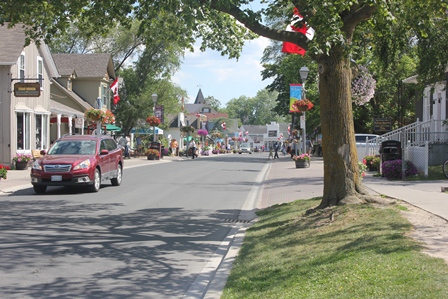 Historic Main Street, Unionville 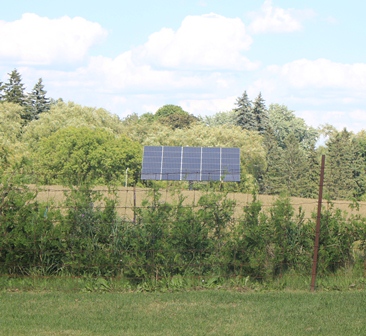 A PV array on a local farm
The Community Outreach internship with Kalu Yala has me working in San Miguel, a town in rural Panama. I teach English at the school, lead an after school Science club once a week, and study the water of Panama, specifically the Pacora River watershed. The Pacora River flows south to the Pacific Ocean from where I live in San Miguel. The river runs along the road at the Casa Llena house and down past the tavern, concha, and school before meandering its way south to the Pacific. It’s source is arriba, or uphill, in the mountaintops to the northwest of San Miguel at Tres Brazos. Tres Brazos means three arms and this is where the smaller Iguana River joins the Pacora at the headwaters of the watershed. This is the location of Kalu Yala base camp, some interns live here in tents, and the site of the proposed land development project in the valley. Kalu Yala is planning a 7,000 acre development project in the valley at Tres Brazos.
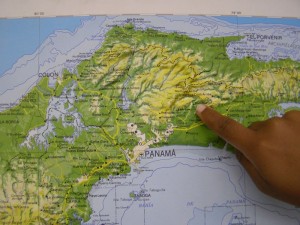 My friend and fellow Kalu Yala intern, Shannon, points to San Miguel on the map of Panama. These photos were taken at the Instituto Geographica National Tommy Guardia during an excursion on one of my research days in Panama City. 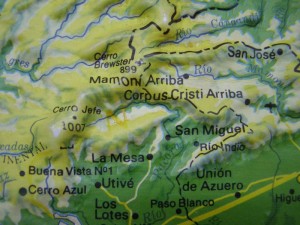 A closer up view of San Miguel on the map. If you look closely you can see the headwaters of the Pacora River to the northwest. Look for the word Jefe on the map, the river starts here. This area, Tres Brazos, or "the valley", is the site of the Kalu Yala base camp for the internship program and the proposed development project. I spent 3 nights in the valley this past week sleeping outside on the wooden cabana instead of my top bunk bed at the Casa Llena house in San Miguel. The interns who live in the valley have tents but it is primitive. Water is collected from the Pacora River near camp with large plastic bottles and poured through a filter for potable use. During my short valley stint, normal stint for valley interns is 10 days, I had an opportunity to hike and explore. I saw the proposed site for the Kalu Yala water pump and water tower project on the Iguana River. I have been talking with some of the other interns and the plan is to draw the water from this tributary and bring it down to base camp through PVC pipe.
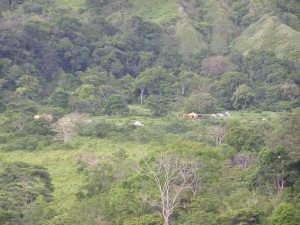 View of the Kalu Yala valley base camp from high on a mountaintop. 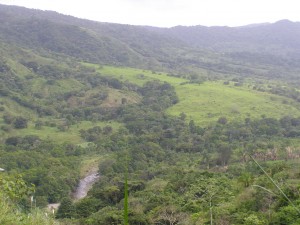 A view of the Iguana River as it winds its way through the valley to meet the Pacora. 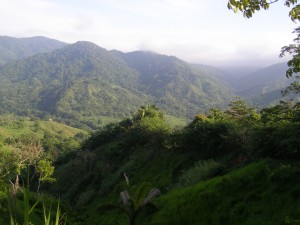 A beautiful view of the scenery I took on my hike out of the valley up over the ridge and back to San Miguel. It is the halfway point of my 10 week internship. In the past 5 weeks I have acclimated myself to this amazing country and investigated questions I had pertaining to water in the region. My Spanish is getting better. I visited the Controlleria Central in Panama City, Panama, to obtain maps of the entire Pacora watershed area, visited the water treatment plant in La Mesa, and diligently pursued definitive information about the source of the water at the Casa Llena house in San Miguel. Nobody who works for Kalu Yala could tell me where the water in the tap comes from so I had to figure it out. And the directors told us it was OK to drink the tap water and a bunch of us got sick, not good. One intern had an amoeba. Turns out the water is drawn from up the mountain and stored in a concrete tank and then piped down the hill for use by the people of San Miguel. I met a man named Andres who says he knows where the tank is and will take me there, even though he seems confused as to why I care about such things, so stay tuned for more details about that adventure.
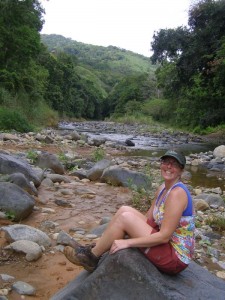 This is a photo of me taken the first time I hiked to the valley from San Miguel. You cross the Pacora River, seen behind me, walk up a slight hill and you are at Kalu Yala base camp. These first weeks have provided much insight into the water issues in Panama. I have met many amazing people and made new lifelong friends. One of these people is Miriam, the librarian at the school in San Miguel. I will build her a rainwater collection system at her house in Juan Gil, another rural town near San Miguel. You will hear more about the evolution of this project in future blogs. I have a date with Miriam this week to discuss the final details for the project. I plan to spend the rest of the day today running around the city pricing gutters and PVC pipe for the project. Then 2 bus rides each about an hour long, from Panama City to 24 de Deciembre and another from 24 de Deciembre to San Miguel, before arriving back at the yellow house along the river where I stay with the rest of the Community Outreach and Anthropology interns.
While the aquaponics project did not receive much traction here, I have spent some time on food security. The City of Markham is considering building an allotment garden at a planned park. Unlike community gardens, the allotment model is city-owned and rents plots on an annual/seasonal basis to residents. This model is more practical in neighborhoods where no garden association exists, drawing residents and building those bonds on-site. Eventually, the garden could become fully self-governing and create its own association, increasing interest and participation in urban agriculture.
Carrying the focus on gardens forward, I visited the largest community garden in York Region. This site is supported by the York Region Food Network non-profit, and located on donated land. Consisting of 90 plots, the garden provides accessible food for low-income and fixed-income residents. Surplus food, plus all yield from one plot, goes to the YRFN food bank.
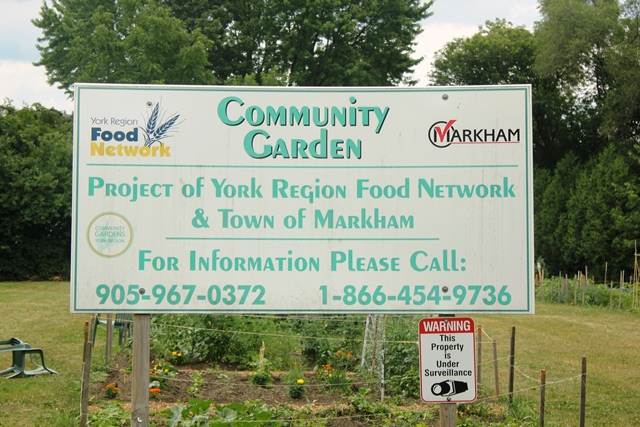 Markham Community Garden 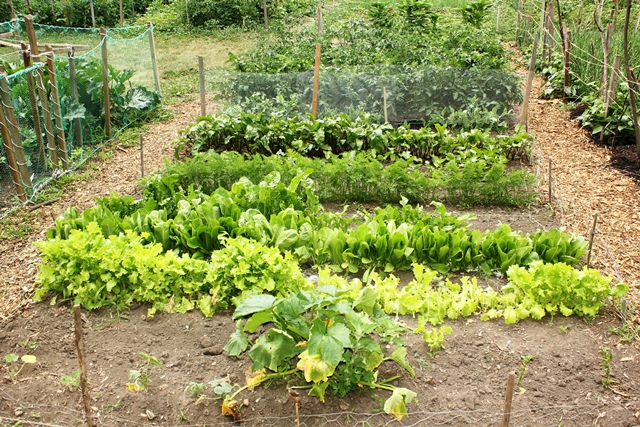 Markham Community Garden 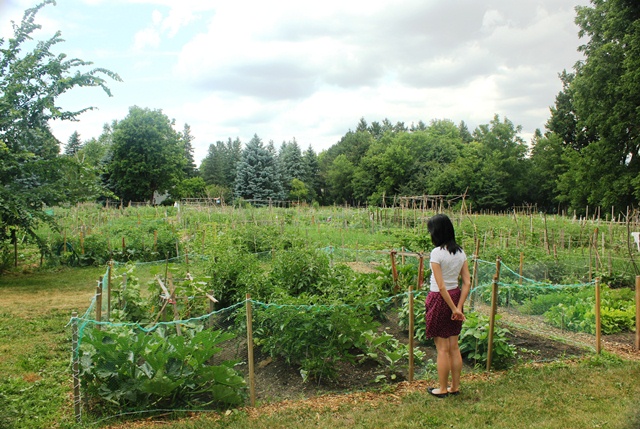 Markham Community Garden - summer student Sarak Ko pictured
With two weeks remaining, my efforts are turning toward recommendations for the future. During a Steering Committee meeting on Friday, the Mayor emphasized his interest in growing the network of community gardens and adding community orchards to municipal parks. There is also a trend of renovating, re-tasking, and building community centres in Markham; I see enormous potential for our sustainability efforts and community engagement.
KAYLA SINOTTE
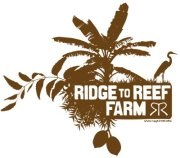 Ridge to Reef Farm This week at the Ridge to Reef Sustainable Farm Institute, I have been recognized as farmer of the week! The farm also presents a weekly newsletter for the public which I was mentioned in for my first experience on the property. Here is the link if you would like to check out the newsletter but I have also attached them below: http://www.ridge2reef.org/csa.html
Farmer of the Week…
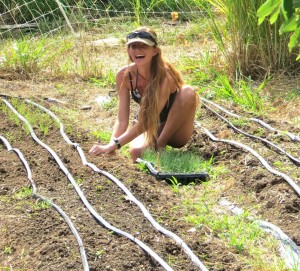 Farmer of the Week Kayla Sinotte: our current Ridge to Reef student, has been a great mentor for the summer camp kids! Side by side with every other man she has also been sweating in the heat of the summer sun learning how to work the fields.
Diary of a R2R Student…
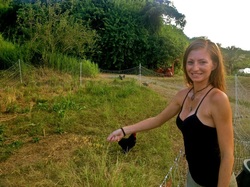 Feeding the lovely chickens “ I was overwhelmed by the beauty of the farm upon my arrival. I am a masters student at the University of South Florida studying Global Sustainability. I can’t imagine a better place to study than Ridge to Reef Farm, one of the the most practical permaculture farms in the world.
My first weekend on the farm we hosted two Slow Down Dinners with Chef Keith Weitzman. It was an incredible experience. People from the island came to the farm for a six course meal made from all organic, natural, (as much as possible) locally grown food. It was amazing to be able to share the knowledge on the farm with the people of the community. I am very excited to learn and study sustainability and permaculture design hands on for the next six weeks.
~ Kayla Sinotte, current Ridge to Reef Beneficial Farmer Training student
Until Next Time,
Kayla Sinotte
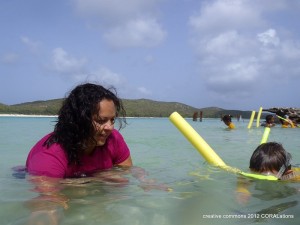 Snorkeling with kids from the Summer Camp
It was time for the preschoolers from the Summer Camp from the Asociación Educativa pro Desarrollo Humano de Culebra to enjoy the beautiful and calm waters of Muellecito while learning the basics of snorkeling. Together with the team at CORALations we help the kids learn how to securely fix their snorkeling equipment and how to use it to look under the water. The kids were already pretty good swimmers and were able to take advantage of the assisted snorkeling on the shallows around the old military shark tank of Muellecito.
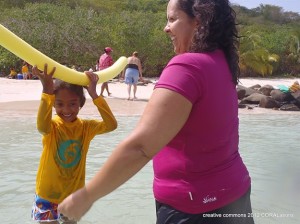 Playing with the kids from the Summer Camp I vested the rest of the week on interviewing the locals. There is some resistance to “outsiders” asking questions and many shut down the interview. Many others, understanding the value of sustainable development for Culebra, kindly offered their time to share their knowledge, experiences, opinions and hopes. Mercedes from the small Arts and Craft booth in the middle of downtown has been a resident of Culebra for 51 years. She lived through the years when Culebra struggled due to the activities of the US Navy in the island until operations ceased in 1975. Since then she has also witnessed with sadness a community struggling to reach sustainable progress. Jorge from Arte Fango has been a resident of Culebra for about 15 years. With his whimsical Art Shop filled with colors and soul filling sounds he shared with me how he dreams of the children of Culebra growing to enjoy a healthy and sustainable Island in the future. He was very knowledgeable of today’s sustainable practices and was able to share with me how Culebra could benefit from some of them. Most interesting was my interview with the current Mayor of Culebra, Honorable Ricardo Lopez. He seemed to have great plans and expectations in regards the development of Culebra. He seems to aim most municipal efforts towards development into structural projects that may be good for attracting more tourism and create work opportunities, but does not promote as much the protection and conservation of the natural resources of the island.
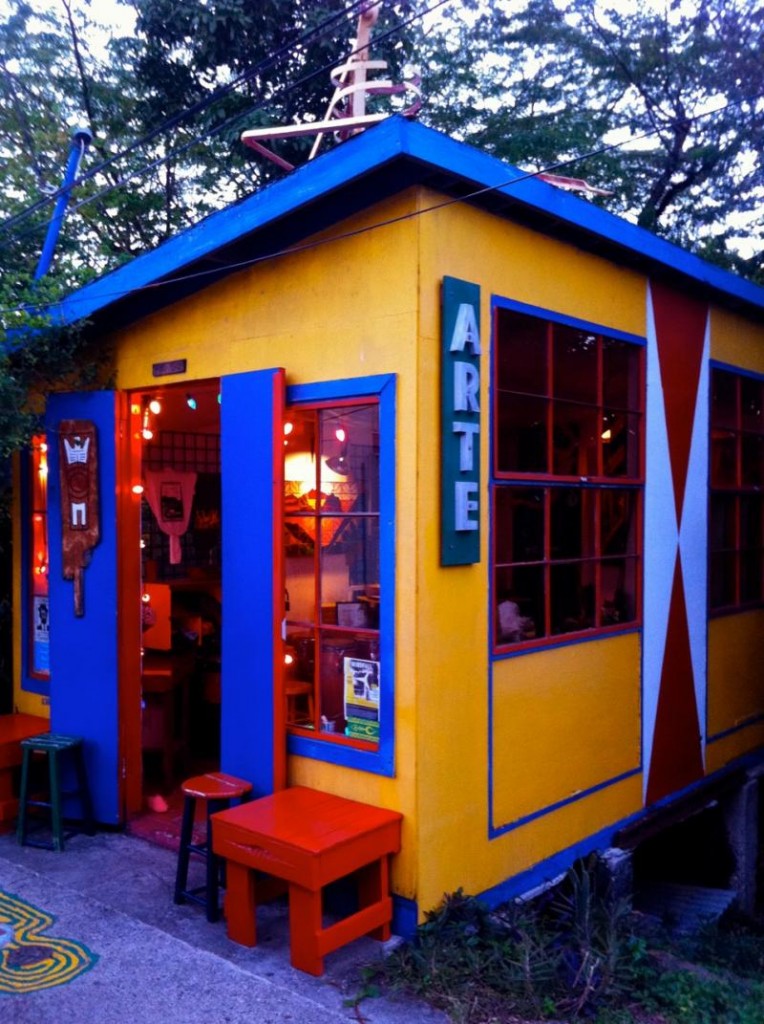 Arte Fango 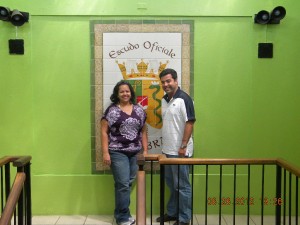 Picture o my visit to the "Alcaldia" (City Hall) andf interview with Mayor Honorable Ricardo Lopez.
KAYLA SINOTTE
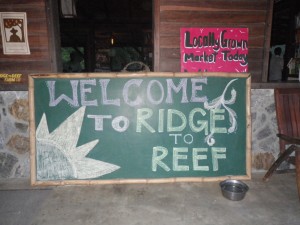 Ridge to Reef
Path of the Natural Mentor
The Sustainable Farm Institute hold several different programs throughout the year. While I am taking the Ridge to Reef (R2R) Permaculture program, there is also a kids summer camp. For six weeks, we will have a different group of children each week staying on the farm with us. Ranging from all ages, they participate in activities on the property. The R2R programs model is learn it, do it, teach it. So we are learning from professionals and experienced workers, then we actually go outside and get dirty doing everything we are learning about, and finally we are working with the children to teach and pass on our knowledge to the next generation.
 The first group arrives
Putting the Kids to Work
While the group of children stay on the farm, they are learning a more simplistic lifestyle. By participating in the daily activities, they gain a better understanding of where their food and energy comes from. Throughout the week we work with the kids outside known as ’Dirt Time’, we teach them everything from composting to edible landscapes. As part of the permaculture Ridge to Reef program, we are here to mentor the children and help give them guidance. It is a very fun and entertaining experience working with the summer camp.
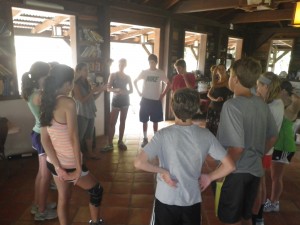 Circle time with the kiddos
 Mesh bag making session
 Making calabash bowls
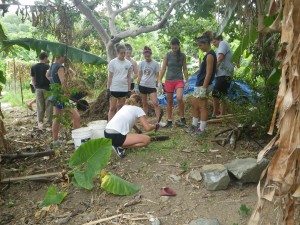 Teaching the kids about composting
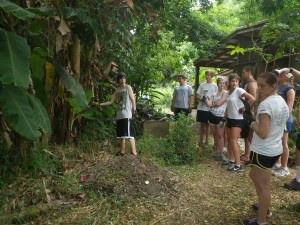 Harvesting a banana tree
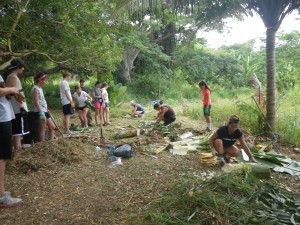 Kids with mechetes - watch out!
Until Next Time,
Kayla Sinotte
|
|








